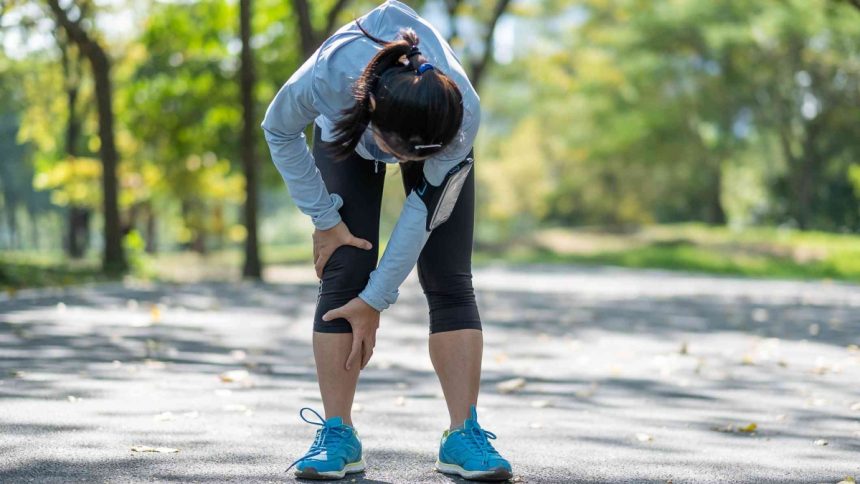As active adults, we thrive on movement—whether it’s jogging through nature trails, perfecting yoga poses, or pushing limits at the gym. But injuries can put a damper on our routine, sidelining us when we least expect it. Physical recovery is one thing, but we often forget about the emotional toll an injury can take. Healing is not just about muscle and bone; it’s about mindset, too.
Here’s how to approach recovery holistically, both physically and emotionally, to get back to doing what you love:
1. Give Your Body Time to Heal
The first step in recovery is recognizing that the body needs time. Rushing back to your routine can make things worse, potentially turning a minor injury into a chronic issue. Here’s how to start your physical healing journey:
- Rest and Recovery: Rest is your best friend in the initial stages of injury. Listen to your doctor or physical therapist for guidance on how much rest is needed.
- Low-Impact Activities: If your injury allows, engage in gentle activities like swimming, walking, or stationary cycling to maintain your fitness levels.
- Nutrition Matters: A balanced diet rich in protein, healthy fats, vitamins, and minerals aids tissue repair. Consider foods like lean meats, fish, leafy greens, and whole grains to fuel your body’s recovery.
2. Rehabilitation: Slowly Rebuild Strength and Mobility
Once you’ve rested, it’s time to focus on regaining strength, flexibility, and range of motion. Depending on the severity of your injury, solutions like physical therapy, gentle stretching, and even cross-training to get back on track. Take advantage of the many supportive devices and resources modern medicine has to offer to guide you along the way. Whether it’s compression products, braces, or other innovations that offer arm, leg, neck, back, and knee pain relief, they can give you the edge you need along your journey towards a full recovery.
3. Emotional Recovery: Coping with the Mental Toll of an Injury
An injury can be emotionally draining. You might feel frustrated, anxious, or even isolated from your active community. Here’s how to care for your mental well-being:
- Acknowledge Your Emotions: It’s okay to feel upset about being sidelined. Suppressing emotions won’t help the healing process, so give yourself space to feel what you’re going through.
- Set New, Realistic Goals: Shift your mindset from “I can’t do this” to “What can I do today?” Start small and celebrate each victory, whether it’s walking pain-free or completing a short workout.
- Stay Connected: Injuries can make you feel isolated from your active peers. Stay engaged with your fitness community by joining group chats, supporting friends, or attending events as a spectator. Just being around your community can be uplifting.
4. The Power of Positive Thinking and Visualization
Positive thinking can have a huge impact on the recovery process. Research shows that maintaining an optimistic outlook and visualizing your recovery can speed up healing.
- Daily Affirmations: Remind yourself daily that healing takes time and that you will bounce back stronger.
- Visualize Success: Picture yourself back at your favorite activity, fully recovered and thriving. This mental practice can help keep you motivated and focused on long-term healing.
5. Reintegrating into Your Active Life: Take It Slow
When you feel ready to return to your routine, take it one step at a time. Here’s how to ease back into your active lifestyle:
- Gradual Progression: Start with lighter versions of your regular activities. If you’re a runner, begin with walking or jogging on softer surfaces like grass or a treadmill.
- Listen to Your Body: Pain is a signal, not something to push through. Pay attention to any discomfort, and adjust your activity level accordingly.
- Patience is Key: Avoid comparing your recovery to others. Everybody heals differently, and your journey back to full strength will be unique.
6. Leverage Support from Experts and Your Community
Sometimes, recovery can feel overwhelming. It’s okay to lean on professionals and loved ones for support:
- Work with a Coach: If you have a personal trainer or coach, share your progress and get advice on modifying your workouts to accommodate your recovery.
- Engage Your Support Network: Share your feelings with friends, family, or a support group. Many athletes and active adults have experienced injuries, and talking to others who understand can provide comfort and motivation.
Conclusion: Healing Is a Holistic Process
Recovering from an injury involves both the body and the mind. By focusing on physical rehabilitation and paying attention to your emotional well-being, you’ll come back stronger than before. Remember, it’s not just about bouncing back quickly—it’s about bouncing back well.
Your favorite activities will be waiting for you when you’re ready. Take the time you need, and soon enough, you’ll be back out there enjoying life to the fullest.
Lynn Martelli is an editor at Readability. She received her MFA in Creative Writing from Antioch University and has worked as an editor for over 10 years. Lynn has edited a wide variety of books, including fiction, non-fiction, memoirs, and more. In her free time, Lynn enjoys reading, writing, and spending time with her family and friends.















